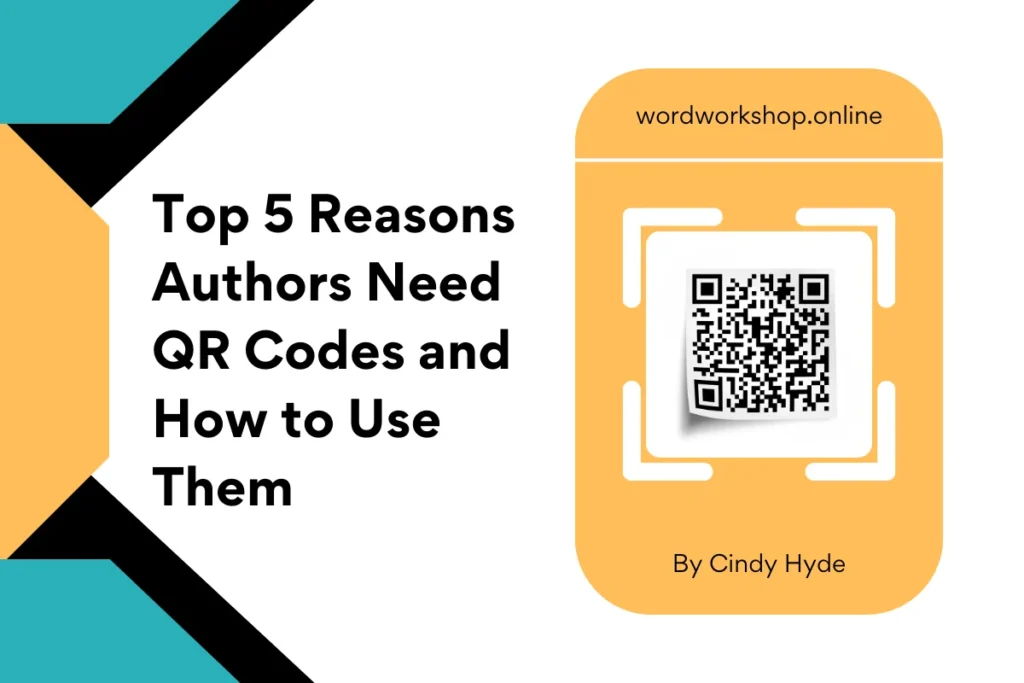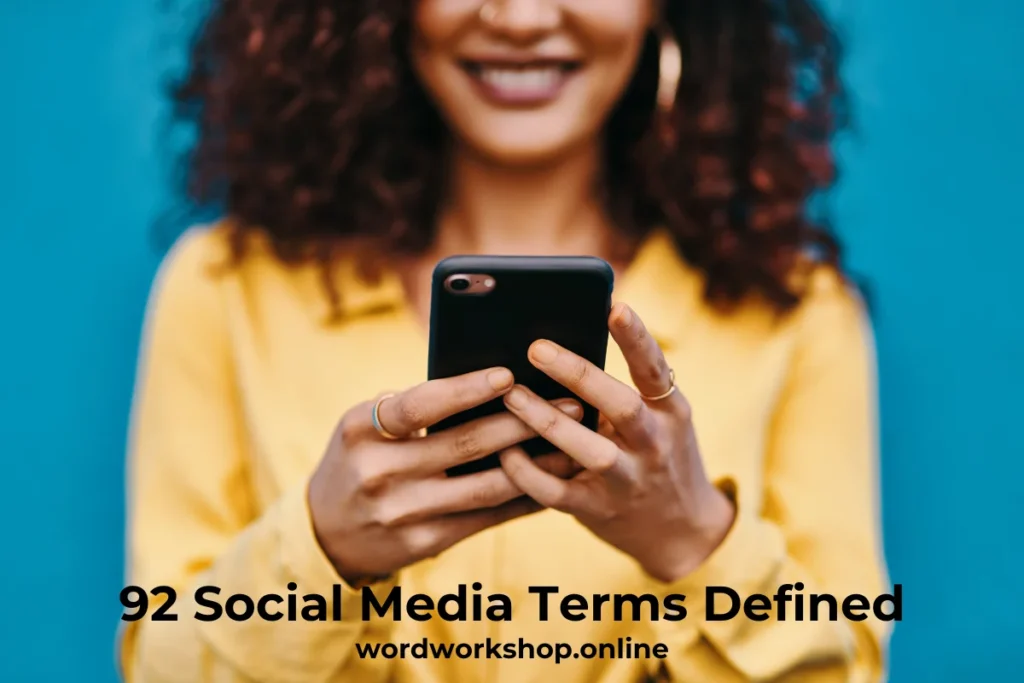The digital world is growing. Authors constantly seek innovative ways to connect with their readers and enhance their marketing strategies. QR codes have emerged as a powerful tool to bridge the gap between offline and online media. By incorporating QR codes into their books, authors can provide readers with a more interactive and enriched reading experience, seamlessly blending the tangible aspects of physical books with the dynamic possibilities of digital content. QR codes represent a unique and innovative way for authors to bridge the gap between offline and online media in their marketing efforts. Here are some compelling reasons why authors should consider using QR codes in their books:
1. Additional Content: QR codes allow authors to link readers to additional content related to the book. For instance, they can provide access to author interviews, bios, promotional videos, related podcasts, or similar titles within the same genre or by the same writer. This additional information enhances the reader’s experience by offering more context or insight into the book’s creation. Academic books can also benefit significantly from QR codes, as they can link to articles, studies, or sources cited in the book, including additional reading lists, glossaries, or educational materials (1, 2).
2. Interactive Features: Readers can access interactive elements through QR codes. For example, scanning a QR code can lead them to quizzes, polls, or interactive maps, allowing them to deepen their engagement with the book’s themes or characters (1).
3. Promotion and Marketing: Authors can embed QR codes in their books to direct readers to their websites, social media profiles, or other books they’ve written. This serves as a promotional tool that helps build engagement among critical audiences (1).
4. Improved Accessibility: Modern publishers must accommodate diverse groups of individuals to remain competitive. QR codes allow them to compete more favorably by acting as the link between physical and digital formats. This caters to both readers who value the touch and feel of physical books and tech-savvy individuals who enjoy both formats (3)
5. Access to Reader Analytics: QR codes can provide valuable insights into reader behavior. By tracking QR code scans, authors and publishers can gather data on which content resonates with readers, helping them make informed decisions for future publications (3).
Places Where Authors Can Use QR Codes
- Book Covers: Placing a QR code on the book cover can immediately draw the reader’s attention and offer a direct link to a book trailer, the author’s website, or a special message from the author. This not only piques interest but also sets the tone for a more immersive reading experience.
- Inside Covers and Title Pages: The inside cover or title page is an ideal spot for a QR code that links to an introductory video, author bio, or an exclusive behind-the-scenes look at the making of the book. This provides readers with a deeper connection to the author’s journey and the book’s background.
- Chapter Endings: Including QR codes at the end of chapters can lead readers to additional content related to that specific chapter. This might include discussion questions, character insights, or related articles and videos. Such interactive elements can make the reading experience more engaging and thought-provoking.
- Illustrations and Images: For books with illustrations or images, QR codes can provide access to related multimedia content such as animated versions of the illustrations, artist interviews, or photo galleries. This enriches the visual experience and offers more depth to the content.
- Footnotes and Citations: In academic or non-fiction books, QR codes can link to sources, additional readings, or multimedia content that expands on the footnotes or citations. This not only saves space in the printed book but also offers a convenient way for readers to explore further information.
- Author’s Notes: QR codes in the author’s notes section can lead to personal messages, updates on upcoming works, or exclusive content for readers who want to stay connected with the author. This fosters a sense of community and loyalty among readers.
- Promotional Materials: QR codes can be included in bookmarks, flyers, and other promotional materials distributed at book signings, literary events, or even in bookshops. These codes can link to sample chapters, event schedules, or special offers, enhancing the promotional efforts.
- Back Matter: The back matter of a book, including appendices, bibliographies, or acknowledgments, can feature QR codes that lead to extended content, such as detailed acknowledgments, interviews with contributors, or additional resources.
Incorporating QR codes into books offers authors a unique opportunity to enrich the reader’s experience, provide additional context, and extend engagement beyond the printed page. By strategically using QR codes, authors can connect their physical books and digital content seamlessly, enhancing accessibility and gaining valuable insights into reader preferences. This innovative approach benefits readers and empowers authors to build stronger relationships with their audience and stay competitive in the evolving landscape of publishing. Embracing QR codes is a forward-thinking strategy that can elevate an author’s work and foster a deeper connection with their readers (1, 4).
Sources
Conversation with Copilot, 5/25/2024
(1) How to Enhance the Readers’ Experience With QR Codes for Books. https://qr.io/blog/qr-codes-for-books/.
(2) QR Codes For Books: Engaging Readers And Promoting Books. https://scanova.io/blog/qr-codes-for-books-engagement/.
(3) Using QR Codes for Books and Publishing: A How-To Guide – Bitly. https://bitly.com/blog/qr-codes-for-publishers/.
(4) How to Use Book QR Codes & Best Practices. https://qrcodedynamic.com/blog/book-qr-code/.
(5) QR Codes For Books A Unique Way For Authors To Bridge Offline And …. https://blog.urbanbookpublishers.com/qr-codes-for-books-a-unique-way-for-authors-to-bridge-offline-and-online-media-in-book-marketing/.
Additional Sources
- “How QR Codes Are Enhancing Print Media.” The Publishing Post. Retrieved from https://www.thepublishingpost.com/how-qr-codes-are-enhancing-print-media
- “Using QR Codes in Academic Publishing.” Academic Publishing Weekly. Retrieved from https://www.academicpublishingweekly.com/using-qr-codes
- “Interactive Books: The Future of Reading?” Book Tech News. Retrieved from https://www.booktechnews.com/interactive-books
- “QR Codes for Author Promotion.” Author Marketing Hub. Retrieved from https://www.authormarketinghub.com/qr-codes-for-promotion
- “Accessibility in Modern Publishing.” Inclusive Publishing Journal. Retrieved from https://www.inclusivepublishingjournal.com/accessibility
- “Data Analytics for Authors: Using QR Codes.” Analytics for Writers. Retrieved from https://www.analyticsforwriters.com/qr-codes
- “Creative QR Code Ideas for Book Covers.” Cover Design Today. Retrieved from https://www.coverdesigntoday.com/qr-codes
- “Enhancing Reader Engagement with QR Codes.” Reader Connection. Retrieved from https://www.readerconnection.com/engagement
- “QR Codes at Chapter Endings: A New Trend.” Novel Insights. Retrieved from https://www.novelinsights.com/qr-codes-chapters
- “Multimedia Content in Illustrated Books.” Art in Books. Retrieved from https://www.artinbooks.com/multimedia-content
- “QR Codes in Academic Citations.” Academic Enhancements. Retrieved from https://www.academicenhancements.com/qr-codes
- “Connecting with Readers: Author’s Notes.” Writer’s Community. Retrieved from https://www.writerscommunity.com/connecting
- “Promotional Tools for Authors.” Book Promotion Guide. Retrieved from https://www.bookpromotionguide.com/tools
- “Back Matter Enhancements with QR Codes.” Publishing Trends. Retrieved from https://www.publishingtrends.com/back-matter



